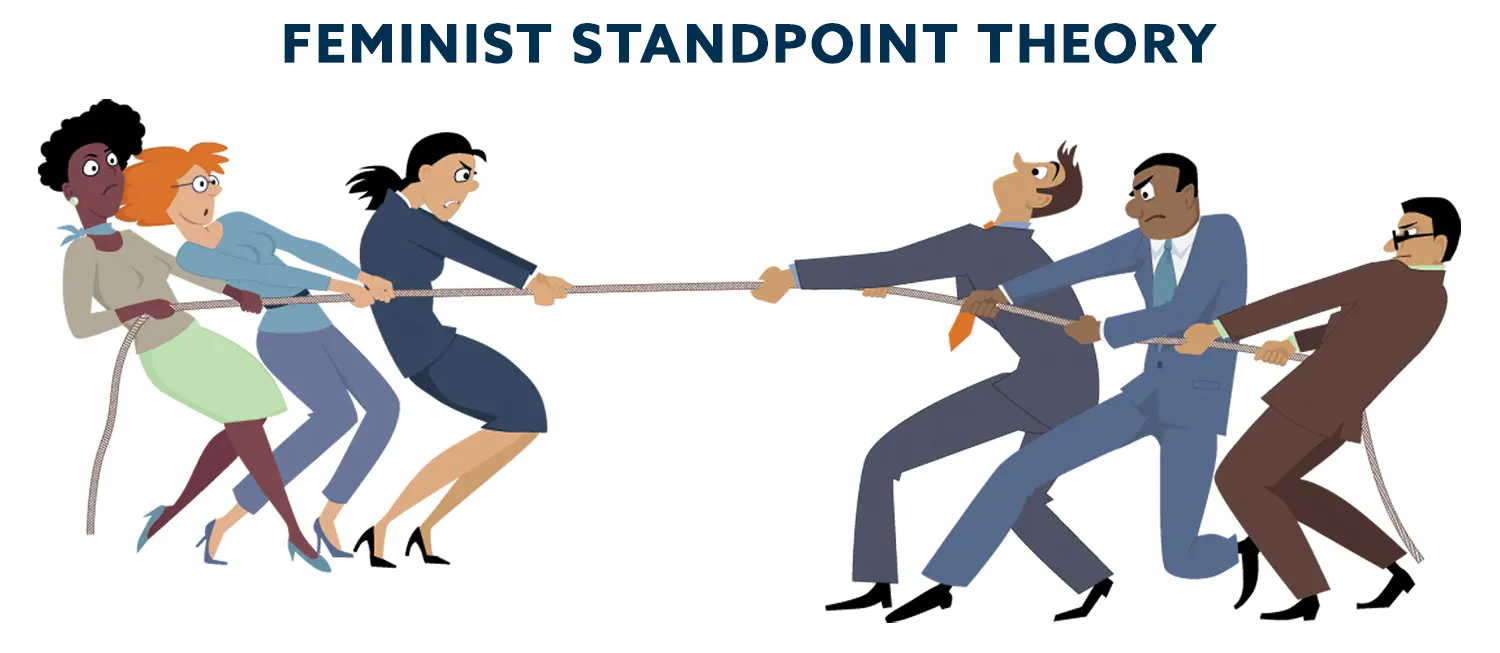Definition
A view point or an attitude towards the particular issue from their own perspective is called a Standpoint.

Introduction
The standpoint theory is a post modernistic approach on people’s perception. It states how the day to day experience alters or influences a person’s opinions.
Generally, a standpoint arises when people recognize the value of power which creates different groups within society. The standpoint theory focuses on gender perception and gives attention to feminist viewpoints.
Sandra Harding and Nancy Hartsock developed the Standpoint theory in their book “The Feminist Standpoint: Developing Ground for a Specifically Feminist Historical Materialism”. It emerged from the early feminist theories, which study the socioeconomic status of women in society and is also termed as ‘feminist standpoint theory’.
Nancy Hartsock’s works were greatly influenced by the concepts of Georg Wilhelm Friedrich Hegel, a German philosopher who studied the standpoints of people belonging to various socioeconomic classes.
The Standpoint Theory
The standpoint theory is concerned with the various levels of people’s perceptions. For instance, people tend to have some similarities in their opinions regarding general issues depending on their demography. The most influential factor that regulates perception is experience. Traditions and culture also shape a person’s perception to a certain degree.
One of the basic factors for altering perceptions is the socioeconomic status in society. Factors such as geographical location, socioeconomic position in society, the nature of one’s job, basic gender differences, etc. all cater to the difference in perspectives.
The core concept of the Standpoint theory is to understand the perspective of the ones who are marginalized in society, particularly women. The standpoint varies from one person to another but the similarities in perspective are seen in certain groups where they share common environments.
The perspectives can be categorized into objective and subjective. A person from a higher position in society usually perceives the issues from one particular standpoint whereas a person from the middle or the lower classes of the society will take the issue more practically. The reason for this is due to the differences in the circumstances in which these two sets of people live.
While considering women in society, the perspective differs greatly. As a marginalized group, women tend to accept the perceptions of the powerful groups. So, the circumstances change the perspective of the women.
Applications
In developing countries, standpoint theory could be applied to create awareness among the marginalized society. The people who follow the popular perspective can evaluate and understand themselves and fight for their rights and then they contribute to society.
Example
Earlier, women were marginalized by men due to the perspective that they were weak and hence, did not have much power in society. But now, the collective marginalized women groups such as women’s club, women’s welfare organization and NGOs for women helps in recognizing the potential of women in society. These collective marginalized groups advocate for the rights of women from their own standpoint or perspective.
Considering the youngest-ever Nobel Prize laureate (age 17) for peace, Malala Yousafzai founded a non-profit organization for the welfare of women and children in her native Pakistan. She became a prominent activist for the right to education and human rights.
After she was assassinated by the Taliban, she raised the bold question “How dare the Taliban take away my right to education?”, which means she strongly believed that improving girl’s educational levels have a good impact on their family wealth and economics. Thus, creating a prospective future for their whole society.
More specifically, the above-stated example is a form of standpoint theory that emphasizes the perspective of Asian women. This theory also insists that socially marginalized people can most easily pick out biases and gaps within systems of knowledge production.
So nice article ad well explained with good examples
Good!
The explanation wasn’t that clear in my point of view. This could have been described in a better way.
Thank you
Fantastic article explaining the key concepts within the framework of feminism. Many thanks.
fine